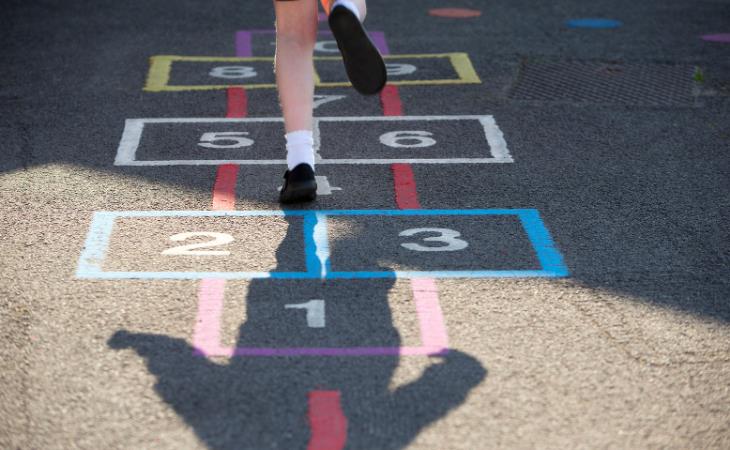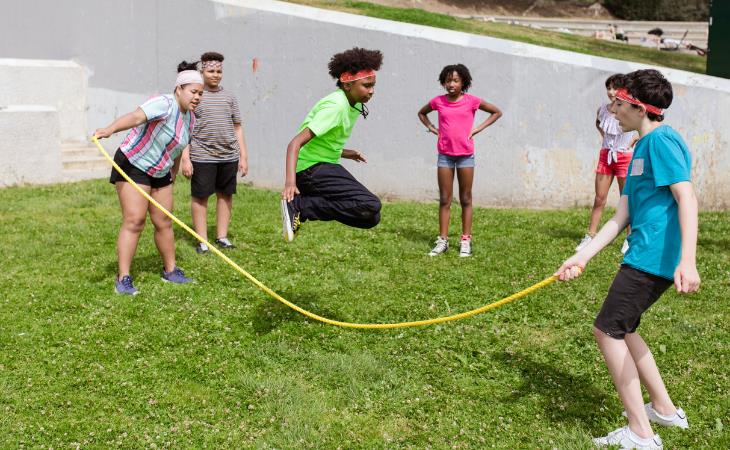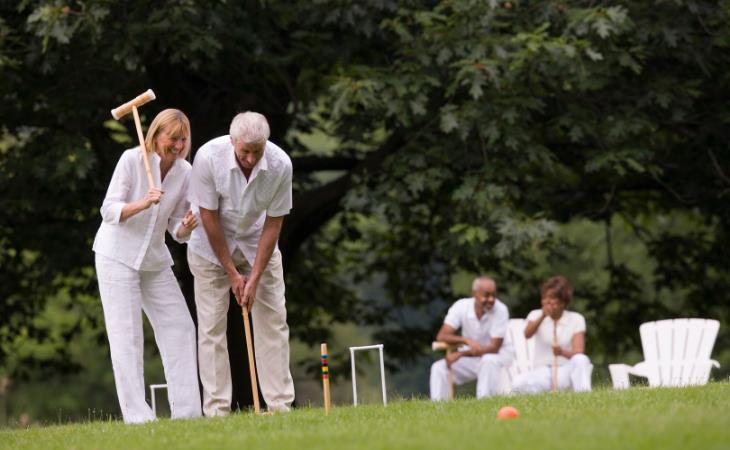

The game of jacks, often referred to as knucklebones, dates back thousands of years to ancient civilizations. The earliest recorded instances date back to ancient Greece, where children played a similar game with sheep ankle bones or small stones. The game expanded and spread throughout cultures, including ancient Rome and Egypt.
In ancient Greece, the game was known as astragaloi and involved tossing and catching small bones or items. The game served as both amusement and a symbol of luck and talent.
As civilizations evolved, so did the game of jacks. By the 19th century, it had become a popular game among European children, spreading to other regions of the world, including the United States. The modern version of jacks usually consists of a little rubber ball and metal jacks.

Blind Man's Bluff dates back centuries, with versions found in many different cultures. The game most likely evolved from previous versions of blindfolded tag, in which players took turns being "it" while blindfolded and attempted to tag others using sound and intuition.
According to historical records, Blind Man's Bluff gained popularity in Europe during the 16th century and was often played by the aristocracy at social gatherings. Over time, the game spread worldwide, based on local customs and preferences



Marbles have a rich history, having been discovered in pharaonic tombs and Aztec ruins. Some accounts say that it was even played when people still lived in caves. They didn't have marbles like we have today, but instead used small pebbles.
The game has several variations, with each home having its own set of rules. Marble-playing as we know it today emerged in the early 20th century, when mass production allowed children to purchase bags of exquisite glass marbles for pennies.
Related: These Unbelievably Weird Games Were Once in the Olympics

Jump rope is a popular activity that has been found in cultures around the world throughout history. Its exact origin is difficult to pinpoint, but it is believed to have begun as a form of play and exercise in ancient civilizations. For example, paintings on tomb walls in ancient Egypt show individuals jumping over a rope dating back to around 1600 BC. Similarly, ancient Greeks and Romans used jump ropes as a training exercise for their athletes.
In the 19th century, jump rope gained popularity as a children's game, especially in Europe and the United States. It was often played with simple ropes made from materials like hemp or leather.

Foursquare is thought to have ancient origins. However, the version of the game played today by children gained popularity after the 1940s. Foursquare was originally called boxball because of the quadrants that were used. It was particularly popular in urban areas where other traditional ball games were not available.
Foursquare is believed to have evolved from earlier games played with a rubber ball, such as handball and tetherball. Its simple rules and minimal equipment made it accessible to children from diverse backgrounds. This accessibility led to its widespread popularity on playgrounds across the country.